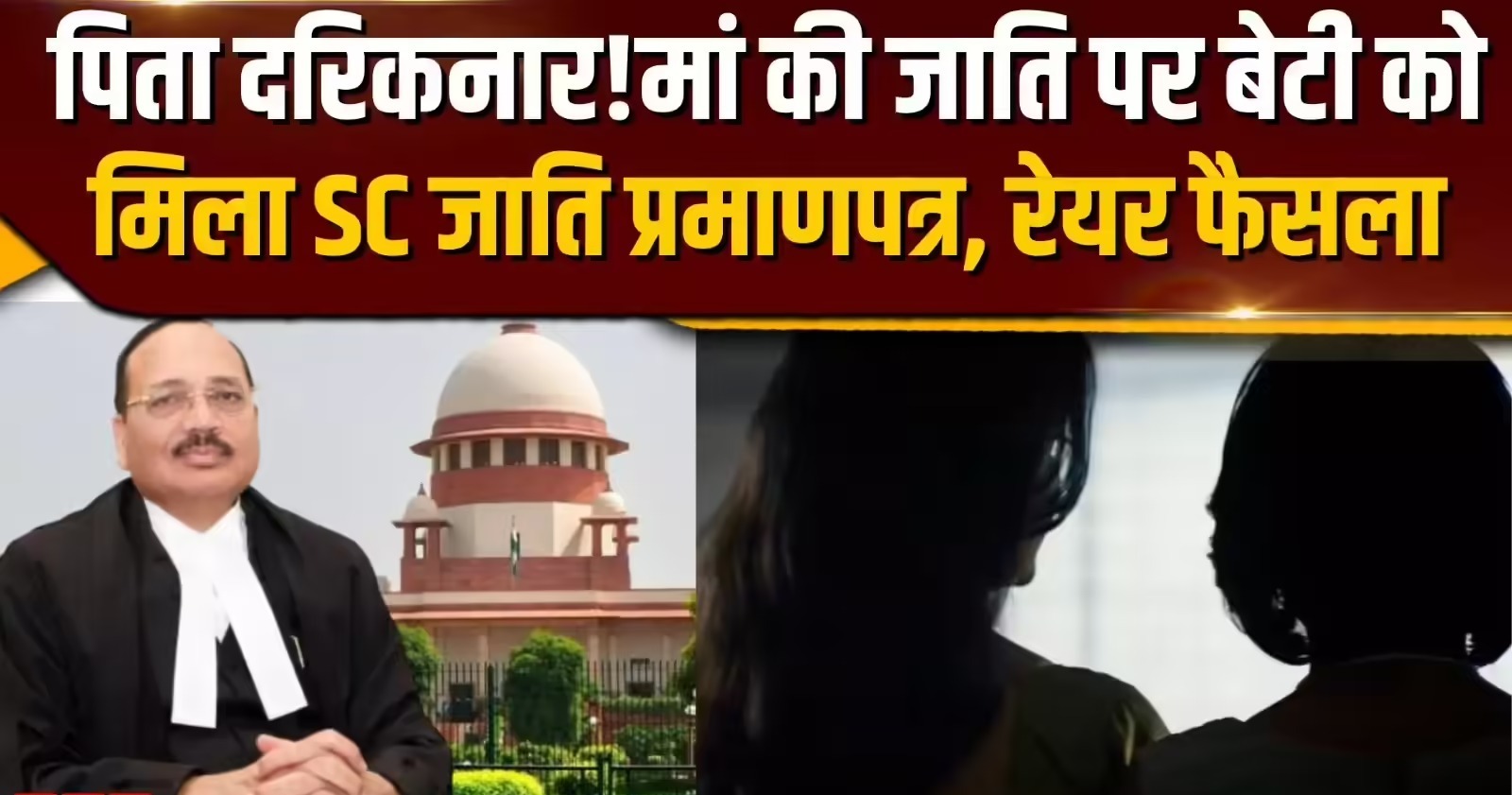S. Sankarasubban, J.@mdashThis Income Tax reference is at the instance of the Revenue. The following questions have been referred to this court, u/s 256(2) of the Income Tax Act, 1961 :
"(1) Whether, on the facts and in the circumstances of the case, the Tribunal was justified in deleting the addition in its entirety ?
(2) Whether, on the facts and in the circumstances of the case, the Tribunal had acted on materials or evidence before it to hold that the figures given before the sales tax authorities could not be the correct figures and that since there were only two figures before the Tribunal and that one figure was not based on any proper material the other figure is the only figure which it may adopt ?"
2. The facts of the case are as follows : The assessee is an individual deriving income mainly from cashew export. For the assessment year 1981-82, the original assessment was made with the addition of Rs. 45,650 as profit on unaccounted sales of cashew kernels totalling to 415 bags. For the addition, the Assessing Officer relied on certain documents found in the course of an inspection conducted by the Intelligence Wing of the Sales Tax Department. Against that assessment, an appeal was filed and the Commissioner of Income Tax (Appeals) set aside that assessment directing the Assessing Officer to make a fresh assessment after affording the asses-see an opportunity to explain the discrepancy.
3. Thereafter, the Assessing Officer caused enquiries to be made with the sales tax authorities and found that in the course of the sales tax proceedings, the assessee had prepared a trading profit and loss account for the entire accounting year and that account differed materially from the accounts submitted by the assessee along with the return of income. The Assessing Officer requested the assessee to explain the discrepancy. Not being satisfied with the explanation of the assessee, the Assessing Officer proposed to make an addition of Rs. 7,70,816. Even though an appeal was filed before the Commissioner of Income Tax (Appeals), that was dismissed. Against that a second appeal was filed before the Tribunal. In the second appeal, the first point made out by the assessee''s representative was identification of the excess stock added by the Assessing Officer. According to the assessee''s counsel, the entire sum of Rs. 7,70,816 represented excess closing stock of kernels only. The Tribunal referred to the statement given before the sales tax authorities and given with the Income Tax return.
4. After going into the details of the two statements, it is found that the opening stock of cashew nuts as given before the sales tax authorities is 1994 bags as against 778 bags. In respect of the local purchase of nuts, the difference between the two figures is only of seven bags. Since the assessee had shown excess opening stock both in kernels and in nuts, the value of such excess opening stock fixed at Rs. 5,67,801 was given credit and only the balance of Rs. 7,70,816 was added to the value of the closing stock. The contention was that the entire sum of Rs. 7,70,816 represented excess closing stock of kernels only. Thus after going into the facts in the case and the evidence adduced, the appeals were allowed and the orders of the lower authorities were set aside. It is challenging the above orders that the present reference is made.
5. After hearing counsel for the Revenue and learned counsel for the assessee, we find that so far as the present case is concerned, no question of law arises. The question was whether the statements produced before the sales tax authorities should have been accepted by the Tribunal or not. According to us, this is a question of mixed law and fact. As was observed in
6. Hence, we answer the questions in the positive and in favour of the assessee.

